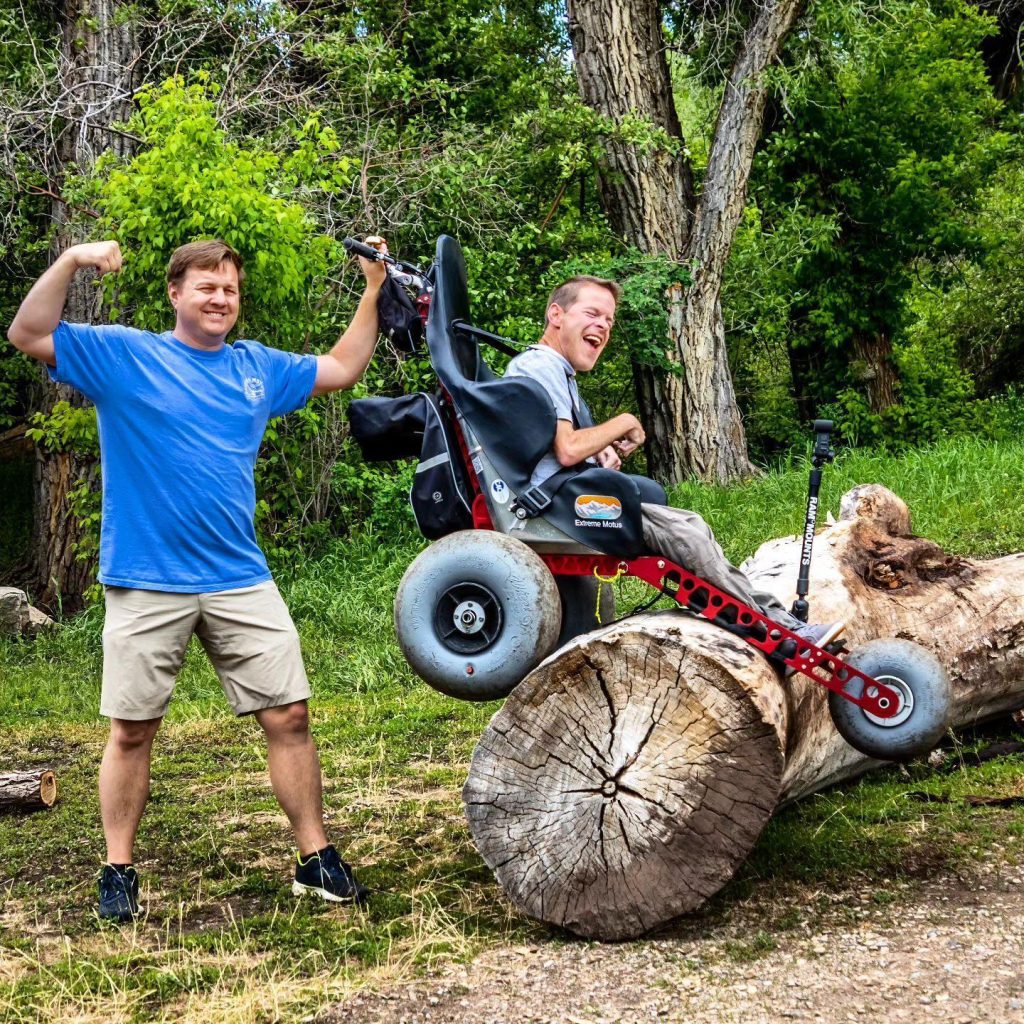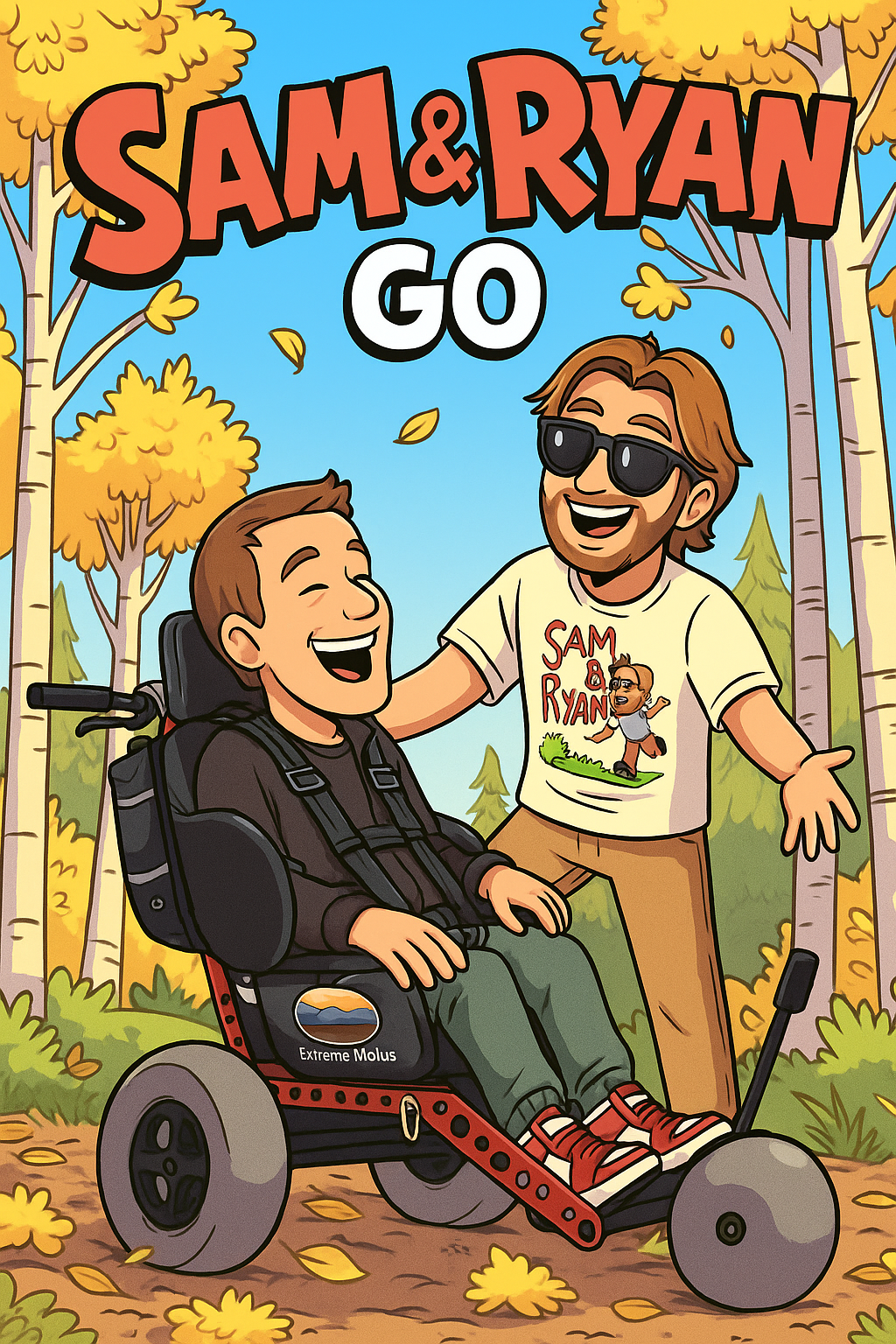7 Interesting Facts About Polio & How to Overcome It
Polio is a devastating disease that has affected millions worldwide. While vaccines have drastically reduced cases, many survivors still face lifelong challenges, including mobility issues. Here’s everything you need to know about polio and how all-terrain wheelchairs like the Extreme Motus can help individuals regain independence and enjoy the outdoors.
1. What Causes Polio?
Polio is caused by the poliovirus, which spreads through contaminated water, food, or close contact with an infected person. It attacks the nervous system, potentially leading to paralysis, muscle weakness, and mobility issues.

2. How Many People Does It Affect?
Once one of the most feared diseases in the world, causing widespread outbreaks and leaving thousands paralyzed each year. Before vaccines were introduced, polio affected hundreds of thousands of people annually, primarily children. Thanks to global vaccination efforts, cases have dropped by over 99% since 1988.
Before Vaccination
- In the early 20th century, epidemics surged, affecting 15,000 to 20,000 people each year in the U.S. alone.
- The worst outbreak in the U.S. was in 1952, with nearly 60,000 cases, resulting in 3,000 deaths and 21,000 cases of paralysis.
- Worldwide, it paralyzed or killed over 600,000 people annually before the vaccine was introduced.
After Vaccination
- The Global Polio Eradication Initiative (GPEI), launched in 1988, has dramatically reduced cases worldwide.
- In 1988, there were an estimated 350,000 cases across 125 countries.
- As of 2023, fewer than 10 cases were reported worldwide, thanks to aggressive vaccination campaigns.
Who Is Still at Risk?
- Polio is still endemic in only two countries: Afghanistan and Pakistan.
- Outbreaks can still occur in regions where vaccination rates are low, often due to war, misinformation, or poor healthcare access.
- Post-Polio Syndrome (PPS) affects between 25% to 50% of survivors, causing muscle weakness, fatigue, and pain decades after the initial infection.
Why It’s Still Important to Vaccinate
Even though it is nearly eradicated, unvaccinated people remain at risk—especially in areas with poor sanitation. Without continued vaccination efforts, it could quickly resurge, reversing decades of progress.
By ensuring high vaccination rates, we can completely eliminate it from the world, just like we did with smallpox.
3. Is There a Cure?
There is no cure, but prevention through vaccination is highly effective. For those who have already had polio, treatments focus on managing symptoms, improving mobility, and maintaining a good quality of life.
4. How Does Polio Affect Families?
When someone develops polio or post-polio syndrome, it can be physically, emotionally, and financially challenging for families. Loved ones often take on caregiving roles, assist with mobility, and help navigate daily life. Finding ways to maintain independence and social inclusion is crucial for both the individual and their family.
5. How Can Spending Time Outdoors Help Survivors?
Getting outside is essential for both mental and physical health. For polio survivors:
- Improved mental well-being – Fresh air and nature reduce stress and boost mood.
- Increased mobility – Outdoor activities encourage movement, which helps strengthen muscles.
- Greater social engagement – Being active outdoors helps prevent isolation and improves overall happiness.
Unfortunately, many individuals with mobility challenges avoid outdoor adventures due to difficult terrain and inaccessible locations.
6. How Can an All-Terrain Wheelchair Help?
Many traditional wheelchairs struggle with uneven surfaces, limiting where users can go. An all-terrain wheelchair like the Extreme Motus helps polio survivors reclaim their freedom by allowing them to:
- Explore hiking trails, beaches, and parks without limitations.
- Navigate rough terrains easily thanks to its oversized, low-pressure tires.
- Reduce strain on caregivers, making outings more enjoyable for everyone.
7. What Is the Extreme Motus All-Terrain Wheelchair?
The Extreme Motus All Terrain Wheelchair is a lightweight, foldable, and durable wheelchair designed for adventure. With large low-pressure tires that act as suspension, it provides a smooth ride over rugged terrain, making the outdoors accessible for individuals with mobility impairments, including polio survivors.
Key benefits of the Extreme Motus:
✔️ Glides over sand, snow, gravel, and trails
✔️ Easy to transport and fold for storage
✔️ Comfortable and customizable for different body types
✔️ Gives users and families the freedom to explore together
Final Thoughts
Survivors of this disease shouldn’t have to miss out on life’s adventures. Spending time outdoors improves mental and physical health, and the Extreme Motus All-Terrain Wheelchair makes it possible. If you or a loved one is affected by this disease syndrome, investing in an all-terrain wheelchair can be a life-changing decision.
Ready to regain freedom and explore the world? The Extreme Motus can take you there!
Every year, more families discover the freedom these chairs create—this Black Friday, demand is already building fast. By joining the early-access list, you secure your chance to order before the sale goes public on November 28, 2025.
Since 2019, Sam and Ryan have been demonstrating that nature is wheelchair accessible with the Extreme Motus All Terrain Wheelchair. From National Parks to Skateparks, their adventures prove that a manual off-road wheelchair can offer laughter and joy while navigating diverse terrains.
Join us as we continue to share these inspiring journeys.

Light, comfortable, and compact, the Extreme Motus glides over sand, rocks, grass, gravel, and even floats in water.
It’s more than a outdoor wheelchair; it’s your ticket to freedom. Embrace the outdoors with confidence, knowing our off-road wheelchair is engineered for durability and ease of use.
Be the first to hear about new gear, upcoming adventures, and exclusive offers. As a welcome gift, enjoy $10 off your first Motus T-Shirt when you subscribe.
By subscribing you agree to receive marketing communications from Extreme Motus, including product updates, promotions, and special offers. I understand I can unsubscribe at any time.



